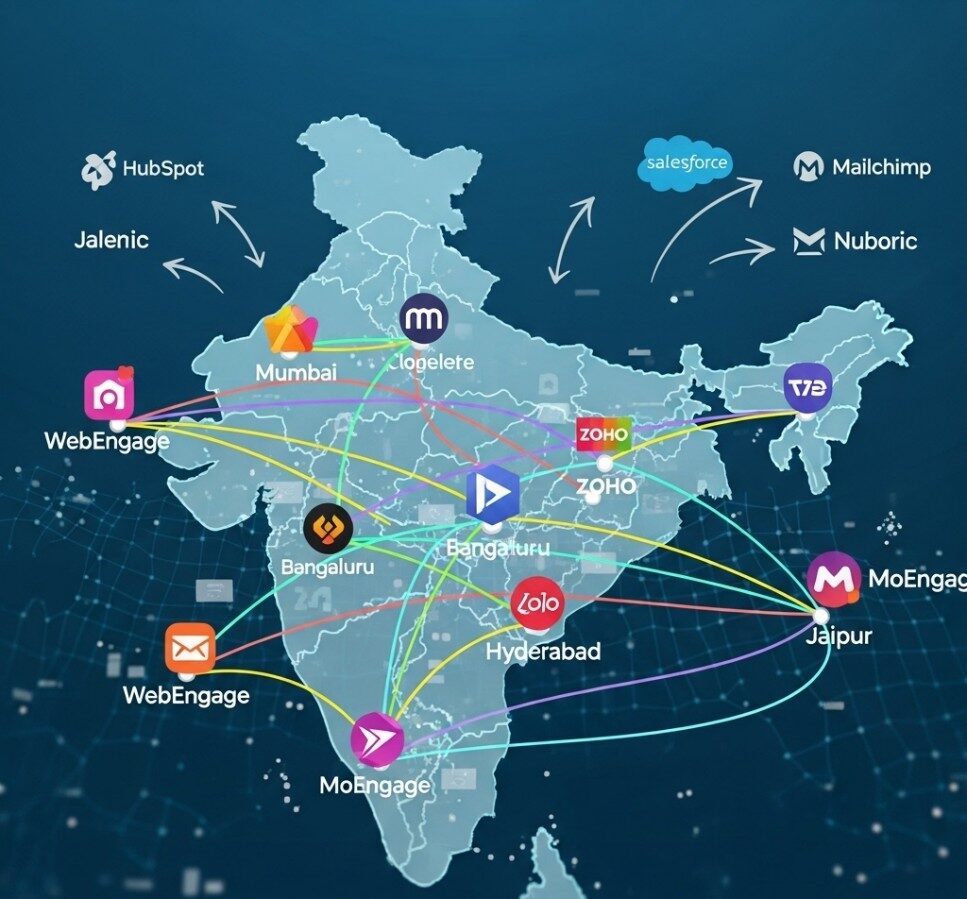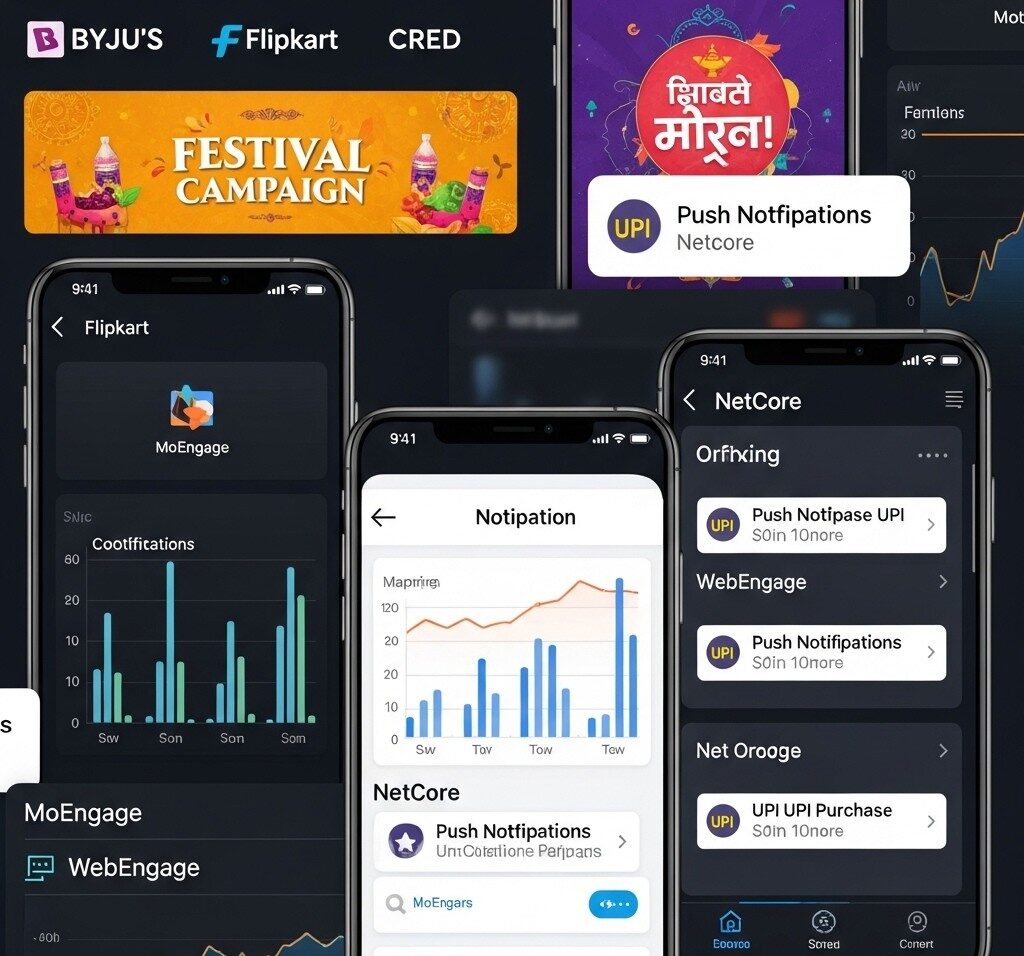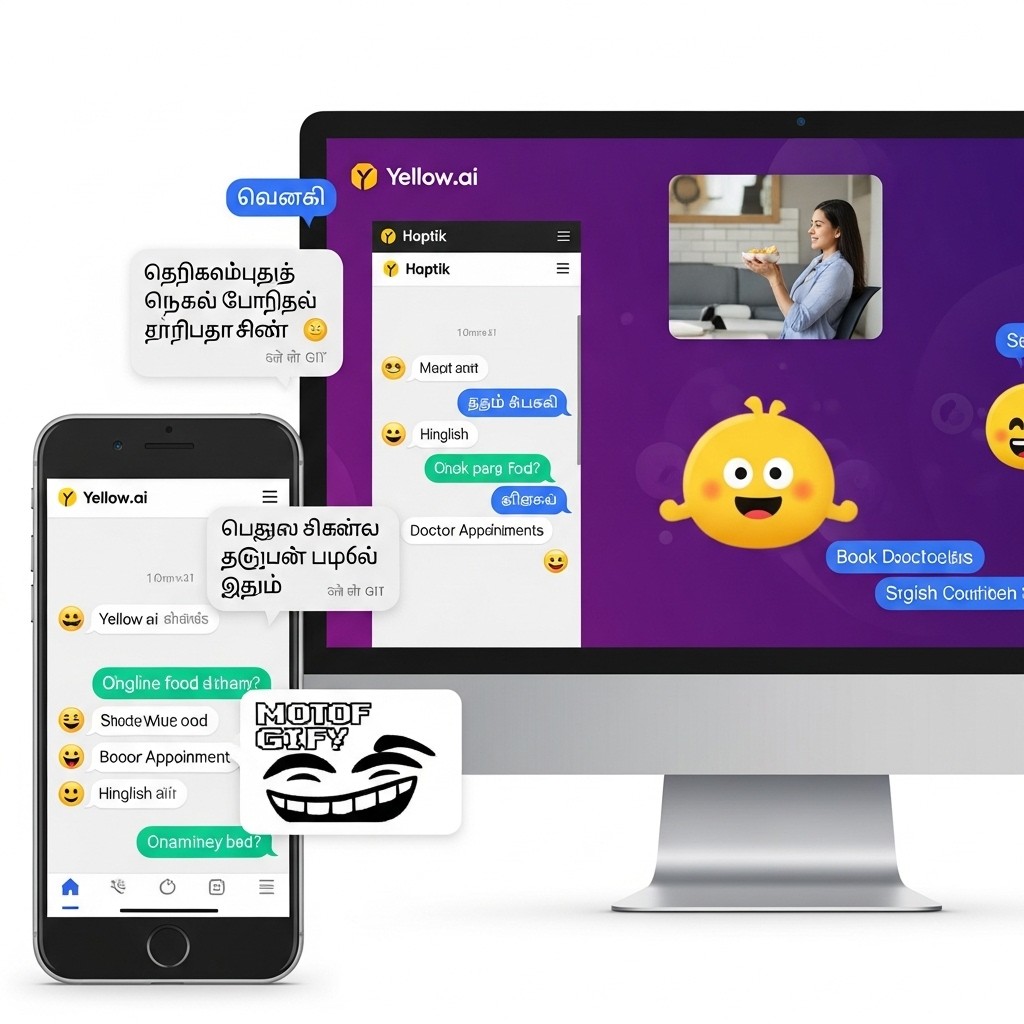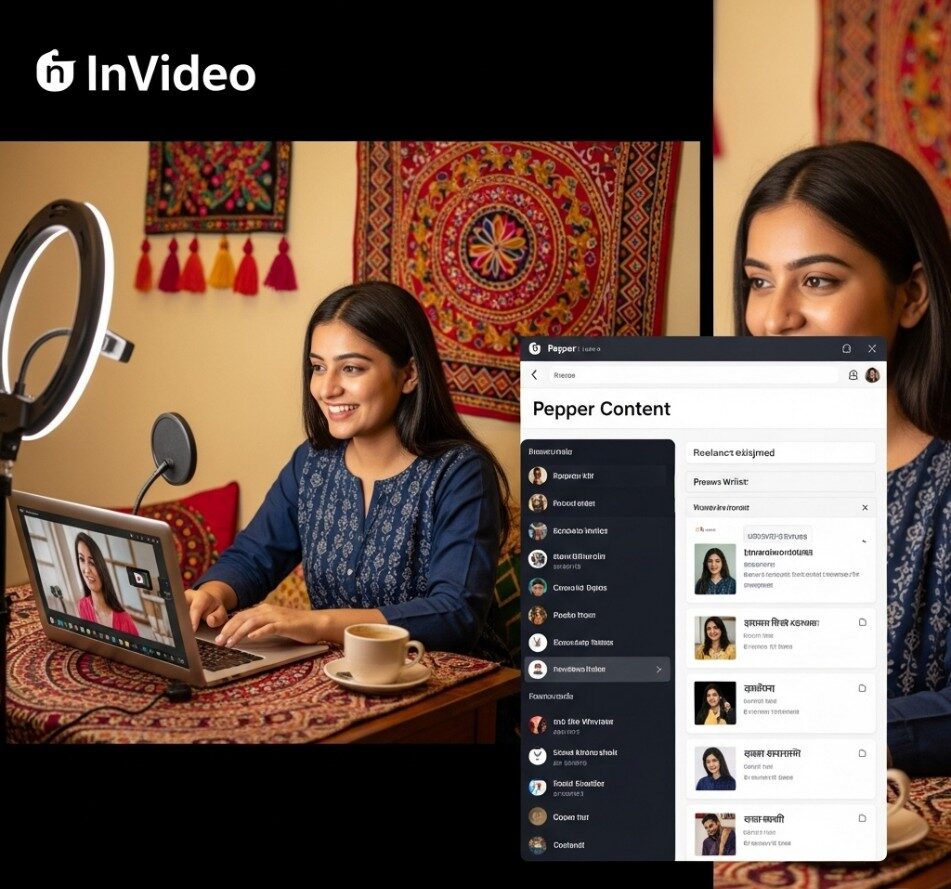India’s digital economy is not just growing—it’s transforming. Amidst the global dominance of tools like Salesforce, HubSpot, and Mailchimp, a parallel narrative is quietly taking shape. Indigenous MarTech platforms, born from the chaos and complexity of the Indian market, are not only thriving—they’re beginning to rival their global counterparts. What started as workaround tools for local businesses is now a full-fledged industry—designed in India, scaled for the world.
These tools aren’t replicas. They’re battle-tested in Tier-II cities, fluent in regional languages, GST-compliant by design, and deeply empathetic to mobile-first, low-bandwidth realities. The result? A MarTech scene that’s as indigenous as it is disruptive.
Indian MarTech Scene: Emerging Tools That Compete with Global Brands
- 51 Views
- elfoxisdigital@gmail.com
- September 11, 2018
- Marketing Tools & Tech
Table of Contents
ToggleIndian MarTech Scene: Emerging Tools That Compete with Global Brands
The Rise of India’s Homegrown MarTech Ecosystem

WebEngage: The Indian Answer to HubSpot
Customer Retention Reimagined for Local Contexts
WebEngage doesn’t just track user journeys—it anticipates them. Built in Mumbai, the platform goes beyond the standard CRM paradigm to offer behavioral segmentation, journey orchestration, and omnichannel campaign management—all tuned to Indian business behavior.
From fintechs in Bengaluru to e-learning apps in Lucknow, Indian marketers lean on WebEngage to craft retention strategies that speak directly to their fragmented, mobile-heavy audiences. In a market obsessed with new user acquisition, WebEngage is quietly pushing the idea that the real gold lies in retention.
MoEngage: Intelligent Customer Journeys, Made in India
Used by Flipkart, Ola, and Global Brands Alike
MoEngage was born out of the insight that mobile-first behavior wasn’t just a trend—it was India’s default mode. Today, the platform offers predictive insights, engagement automation, and AI-powered journey building used not just by Flipkart and Ola, but by global names like Nestlé and Deutsche Telekom.
What makes MoEngage different is its ability to integrate seamlessly into an India-first tech stack—accommodating regional campaign calendars, RTO logistics quirks, and app-first product cycles. It’s not a competitor to Braze or Iterable. It’s a native evolution of customer intelligence.

Netcore Cloud: From Email to Omnichannel Domination
Competing Head-to-Head with Mailchimp and Klaviyo
Netcore began with email. Today, it offers omnichannel engagement, journey optimization, AI-based personalization, and WhatsApp marketing at industrial scale. Its AI engine crunches billions of events across verticals, serving brands like Myntra and HDFC.
Unlike Mailchimp or Klaviyo, Netcore understands India’s transactional infrastructure deeply—supporting vernacular communications, cash-on-delivery updates, and festival-specific flash campaigns. It speaks marketer, but it also speaks merchant.
Zoho Marketing Plus: The Silent Giant in the Room
One Platform, Many Possibilities
Zoho doesn’t chase the limelight. But when it comes to breadth, very few match its stack. With Zoho Marketing Plus, Indian businesses can orchestrate email, SMS, social media, webinars, and even customer surveys—all from one login.
The integration across the Zoho ecosystem is its biggest strength. For a startup in Jaipur selling handicrafts or a SaaS firm in Pune running a webinar series, Zoho offers enterprise-grade tools at an SME-friendly price point. And it does this without becoming a labyrinth of dashboards.
Pepper Content: India’s Scalable Content Engine
Freelancers Meet AI in a Full-Stack Content Marketplace
Pepper bridges the gap between content demand and supply. On one side, AI tools provide topic generation, SEO scoring, and brief creation. On the other, a curated network of freelance writers, translators, and designers gets the work done.
It’s not just a gig platform—it’s an end-to-end content engine trusted by Swiggy, CRED, and Adani. In a multilingual, multi-platform world, Pepper offers scalable quality with cultural nuance.
Rephrase.ai: Personalized Video Marketing at Scale
Outpacing Global Synthetics in Emotional Intelligence
Rephrase.ai is doing something few global tools have cracked—deeply personalized video messaging that feels human. With clients like HDFC Life and Cadbury, the tool creates synthetic avatars that call out customer names, cities, and purchase histories.
The emotional resonance? Uncanny. In a country where personal connection trumps product stats, this synthetic intimacy is proving far more effective than banner ads or bulk SMS.
Yellow.ai: The Conversational AI Built for Bharat
Chatbots That Speak 15 Indian Languages and Understand 50 Dialects
Yellow.ai is not your average chatbot platform. It’s a voice AI that can hold intelligent conversations in Hindi, Tamil, Bengali, and even Hinglish. Brands like Dominos and Dr. Lal PathLabs use it to automate support, order-taking, and even upselling—on WhatsApp, phone, or web.
Unlike western chatbot tools, Yellow.ai is trained on the Indian lexicon—understanding tone, context, and even sarcasm. It’s not translation. It’s localization at the neural level.

InVideo: Democratizing Video Editing for SMBs
Short-form Creation Engine for India’s Creator Economy
InVideo is Canva for motion. Small business owners use it to craft Instagram stories, product explainer videos, and sale teasers—all without editing experience. Templates are vibrant, mobile-optimized, and designed for engagement metrics, not awards.
InVideo is thriving because India doesn’t need Hollywood polish. It needs speed, relatability, and virality. The tool delivers all three.

VWO (Wingify): Optimization Without Silicon Valley Overhead
India’s Quiet Force in A/B Testing and Conversion Rate Mastery
Wingify’s VWO is one of India’s best-kept SaaS secrets. Used by brands globally, it offers A/B testing, heatmaps, and behavioral analytics that rival Optimizely and Google Optimize.
Its strength lies in the simplicity of its UI and the depth of its analytics. Indian agencies use it to run experiments on everything from product CTAs to checkout flows—without needing a data science degree.
Merkle Sokrati: Data-Led Campaigns with a Bharat Lens
Precision Marketing Built on Indian Behavioral Insights
Part of the Dentsu network, Merkle Sokrati combines media buying with advanced analytics for brands that crave granularity. But it’s not just about dashboards—it’s about Indian consumer understanding.
From tailoring ad creatives for regional festivals to optimizing for UPI-based conversions, Sokrati’s tech stack is both global in muscle and local in soul. It’s a new-age agency that runs like a platform.
Challenges Ahead: Can Desi Tools Scale Globally?
Funding, Design Aesthetics, and Global UI Expectations
Despite strong product-market fit in India, these platforms face headwinds abroad. UI design is still catching up with the Silicon Valley sheen. Documentation often lacks polish. Investor biases lean toward clones of already successful Western platforms.
But the fundamentals—deep domain understanding, cost-efficiency, and technical robustness—are solid. As Indian brands scale globally, they may take these homegrown MarTech stacks along with them.
Conclusion
India’s MarTech Identity Is Not Imitation—It’s Innovation Rooted in Real-World Use
The Indian MarTech revolution isn’t about mimicking Western playbooks. It’s about inventing tools that thrive in the complexity of India’s digital terrain—tools that know how to market in Hindi on Tuesday and in Marathi by Thursday, tools that can sell to an Instagram user in Bandra and a Kirana shop owner in Indore, tools that don’t just automate but localize.
The competition is no longer about catching up. It’s about leading from the front—on India’s terms.
Recent Posts
- Real Estate Marketing in 2026 The Survival Guide for the Modern Indian Realtor
- The 2025 Guide: How to Promote Real Estate Business on Social Media Without Being Boring
- Beyond the Hype: Why Do Brands Need Advertising in a Digital World?
- How to Create a Marketing Campaign: A Complete Step-by-Step Guide
- Different Types of Paid Media in Digital Marketing